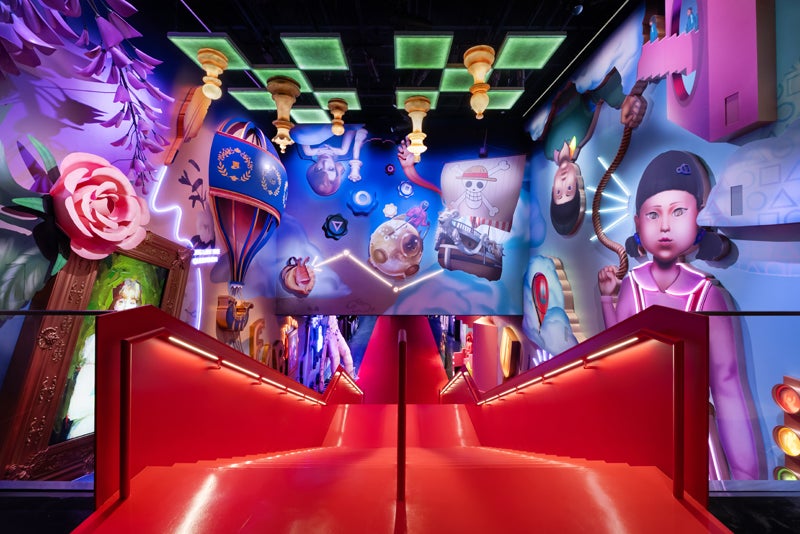Successful promotion agencies used to sail on the winds of the Big Idea. Ideas still matter, but agencies and their clients face a crisis driven by a perfect storm of five converging disturbances:
-
Wall Street demands for quarterly returns, requiring a focus on short-term results and ROI metrics;
-
Fragmentation of media, with attendant price increases, making it tougher to reach consumers;
-
Decreases in brand loyalty, with more decisions made at the shelf;
-
The “demassification” of American consumers, requiring message and program customization;
-
More power in the hands of consolidating distribution channels, driving more marketing funds into trade promotion.
The old marketing model, based on “preference creation” (developing a differentiated product benefit and communicating it forcefully), is no longer relevant. The current environment requires a new model. It had better be measurable in terms of sales and ROI, and it must motivate the retailers who sell a client’s products.
So how do you avoid landing your brand on the rocks? Offer a new “demand creation” proposition built around the “marketing endgame.” Go beyond “branding” to “brand activation.” Transcend qualitative Big Ideas in favor of delivering measurable purchases. View consumers as shoppers and buyers. Build a new value proposition driven by an understanding of the shopper, and what motivates purchase in-store, where the majority of decisions are made.
This new value proposition must be built from a deep understanding of retail, and how top retailers use categories and brands to differentiate themselves. Yesterday’s promotion “overlays” will be replaced by “underlay” concepts, built from a retailer perspective and driven to the national level.
Trade promotion historically relied on price to drive merchandising. But as funding and control continue to flow out to the field, brand managers and their agencies are seeing promotion as a powerful way to build equity and retail support. Now, clients want promotion to drive feature and display, mandating an integration of marketing and sales.
Delivering has been difficult, however, as client marketing and sales organizations still tend to operate in silos. Agencies then drift further away from the sales force — the very people responsible for bringing promotions to life in a retail buyer’s office.
Yes, the storm clouds are lightening, as manufacturers like Kraft and Procter & Gamble increasingly focus on the interaction between shoppers and top retailers. Kraft’s restructuring of its sales organization, and P&G’s appointment of Dina Howe as leader of its Shopper Marketing Center Of Excellence, represent an acknowledgement of the importance of closing the marketing loop in-store.
These companies expect sales to work with marketing groups and agencies. They want sales teams to understand how marketing should target retailer’s needs. Agencies are expected to assure that promotions are conceived and positioned properly to win retail acceptance.
Fortunately for agencies, as this integration of marketing and sales continues, the promotion industry is ideally positioned to play a key role. Promotion has always been about results. Adding shopper insights to the game shouldn’t be too difficult. Who knows, promotion may finally get the place it deserves at the strategic table. All we need to do is climb on board.
Jon Kramer is a consultant based in Ridgefield, CT. He can be reached at (203) 912-1918 or jkramer@snet.net.



